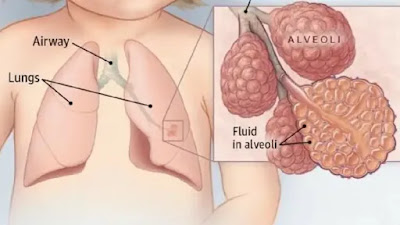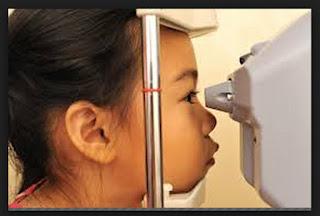Psychosocial problems, including problems of mental health
Psychosocial problems, including problems of mental health
,alcohol and drug abuse, and domestic violence
Patients whose mental disorders are presented somatically
are frequent users of medical services and form a substantial proportion of all
patients seen in developing countries. There is evidence that provision of
psychiatric care reduces subsequent use of medical services, so there would
appear to be economic as well as humanitarian reasons for improving the
detection and treatment of mental disorders in medical settings (hamburg,
1989). On the other hand , according to the USPSTF(1989),it has not been
demonstrated in a controlled setting that the detection and treatment after
signs and symptoms become apparent…however…some studies support the efficacy of
counseling once the signs or symptoms of problem drinking…are detected.
Screening for psychological problems may be desirable under
certain circumstances, for example, where it is suspected that such problems
account for a high proportion of medical service use without bemefit, or after the
occurrence of major disaster (lima et al,. 1987).the literature contains
references to apparently successful experiments in which primary care workers with
little formal education and limited training conducted screening with
standardized instruments designed for use in developing countries, including
the rural areas (sen et al ,.1987;khare et al ,. 1988).
Why and how . mental health problems, alcohol and drug
abuse, and domestic violence are important public health problems in whose
management routine screening would appear not to have a significant place. Where
referral resources exist, health workers should be trained to recognize
psychosocial problems and make appropriate referrals. Studies show a low
pick-up rate of mental disorders by providers not performing formal screening. Formal
self –report questionnaires may have limited validity for screening a general
population (hoeper et al .,1984; oduwole & ogunyemi,1989)
Resource levels required. Low for screening by primary care
worker; low or medium for definitive diagnosis ; low, medium, or high for
intervention by specialized counseling personnel.
Recommendation on use of screening/early detection,
uncertain recommendation on opportunistic screening because of the lack of firm
evidence o f the effectiveness of intervention when the person affected does
not seek help. Early detection of household risks for children recommended .
the primary prevention of psychosocial problems should be emphasized.
Research priority. A very high priority should be placed on
research to develop effective primary prevention, early detection, and
treatment methods at the primary care level .


